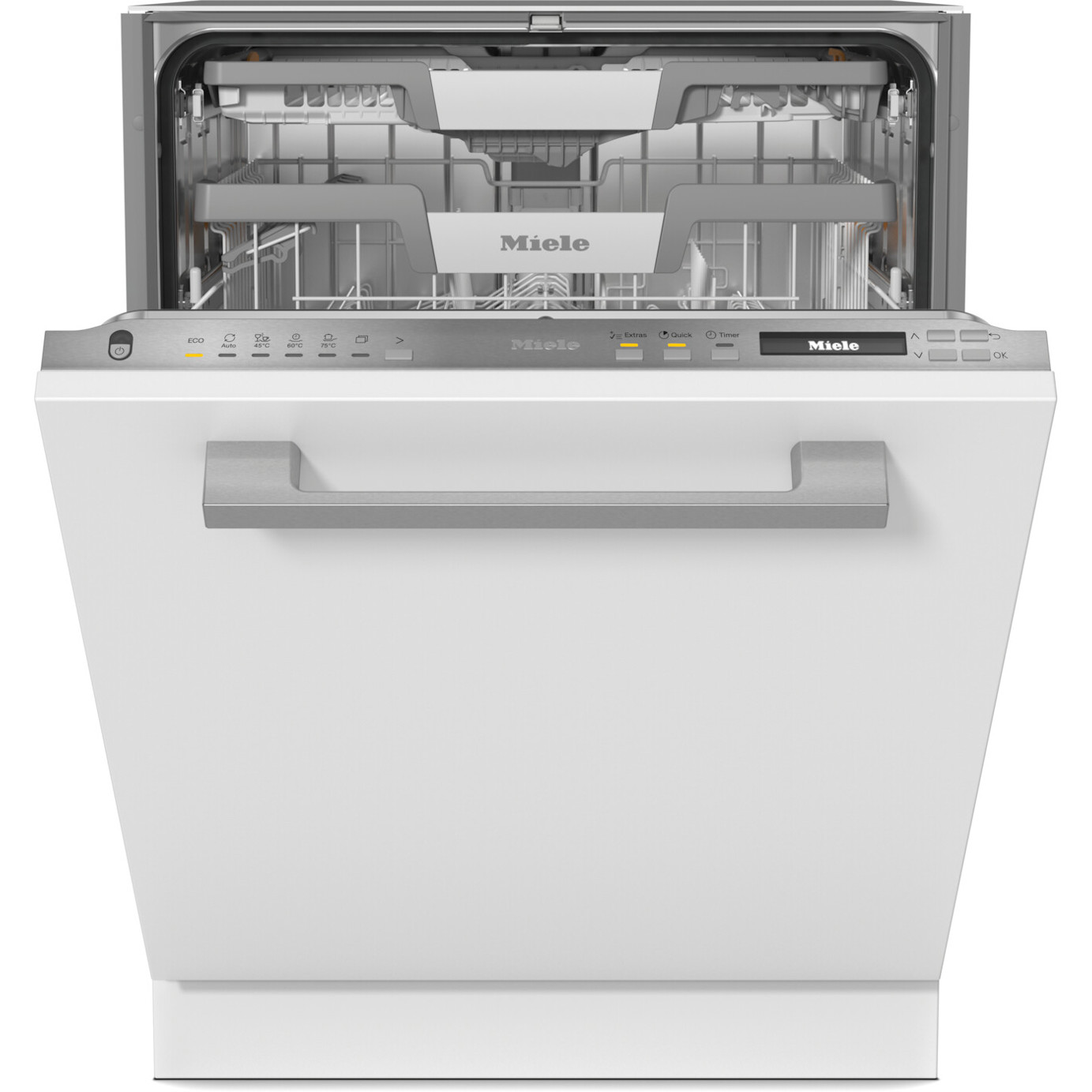7 Things About Steam Oven Test You'll Kick Yourself For Not Knowing
Understanding the Steam Oven Test: A Comprehensive Guide
Steam ovens are acquiring traction in modern kitchens due to their ability to cook food more uniformly while maintaining wetness and nutrients. Nevertheless, like any kitchen area appliance, there are subtleties to how steam ovens work. The Steam Oven Test is an essential practice for anybody looking to take full advantage of the potential of these flexible makers. This post will explore the Steam Oven Test, discussing its significance, supplying an in-depth introduction of steam oven efficiency, describing the advantages, and answering often asked concerns.
What is the Steam Oven Test?
The Steam Oven Test is an organized method to assess the efficiency of a steam oven, making sure that it fulfills cooking requirements and provides optimal outcomes. This test typically involves cooking various types of foods— such as veggies, fish, and meats— while keeping track of temperature level consistency, cooking time, and moisture retention.
Why is the Steam Oven Test Important?
- Performance Evaluation: Ensures the oven runs as advertised.
- Cooking Efficiency: Validates whether it cooks food equally and rapidly.
- Nutritional Benefits: Confirms that steam cooking maintains more nutrients compared to traditional methods.
- User Experience: Assesses ease of use and maintenance.
Parts of the Steam Oven Test
Carrying out an effective Steam Oven Test involves several parts and factors to consider. The following table lays out the key factors to keep in mind:
Component
Description
Temperature level Control
Display whether the steam oven keeps a consistent temperature for cooking.
Humidity Levels
Examine how well the oven retains wetness and develops steam.
Cooking Time
Measure the real cooking time compared to conventional cooking methods.
Food Quality
Examine the texture, flavor, and nutritional value of the cooked food.
User-Friendliness
Figure out ease of operation, cleansing, and maintenance requirements.
Steps to Conduct the Steam Oven Test
To thoroughly examine the steam oven's efficiency, follow the steps below:
1. Prepare the Test Foods
Select a range of foods with different cooking times and moisture requirements, such as:
- Vegetables: Broccoli, carrots, and asparagus
- Fish: Salmon and whitefish
- Meat: Chicken breast and pork tenderloin
- Grains: Rice or quinoa
2. Set Up the Steam Oven
Guarantee the steam oven is tidy and ready for usage. Familiarize yourself with the control board and settings.
3. Conduct Temperature and Humidity Tests
- Pre-heat the oven.
- Location a thermometer in the oven to keep track of temperature level stability.
- Utilize a humidity gauge to measure steam retention.
4. Prepare Each Food Item
Prepare each kind of food one by one, keeping in mind the following:
- Cooking time
- Temperature level readings
- Steam levels (if your oven has a humidity sign)
5. Assess Food Quality
After cooking, taste and examine each product based upon the following requirements:
- Texture (tender, crisp, etc)
- Flavor (any distinctions from standard cooking?)
- Nutritional content (try to find retention of color and structure)
6. Examine Your Findings
Compile the results from your cooking tests in a comprehensive table or an easy summary to determine your steam oven's strengths and weaknesses.
Benefits of Using a Steam Oven
The benefits of steam ovens extend beyond taste. Here's a substantial list of advantages:
- Moisture Retention: Steam avoids food from drying out.
- Nutritional Value: Cooking with steam helps retain minerals and vitamins.
- Taste Retention: Foods cooked in a steam oven maintain their taste and freshness.
- Adaptability: Ideal for cooking a variety of foods consisting of baking, roasting, and steaming.
- Energy Efficiency: Generally takes in less energy compared to conventional ovens.
- Less Oil Use: Requires little to no oil, making it a healthier alternative.
- Easy Clean-Up: Steam assists loosen up food particles, streamlining cleaning.
The Limitations of Steam Ovens
Despite their many benefits, steam ovens do have restrictions:
- Learning Curve: New users might require time to adapt to cooking times and settings.
- Minimal Browning: Steam might not brown food in addition to traditional ovens.
- Preliminary Cost: Higher in advance financial investment compared to conventional ovens.
- Area Requirements: Can consume more kitchen area area depending on the model.
FREQUENTLY ASKED QUESTION: Steam Oven Test
Q1: Can I use any water in my steam oven?
A1: Yes, however it's finest to utilize filtered water to avoid mineral buildup and prospective taste contamination.
Q2: How long does the Steam Oven Test typically take?
A2: The test can take a couple of hours, depending on the number of food products being checked and the setup time.
Q3: Is it needed to preheat a steam oven?
A3: Most steam ovens do not require preheating, but some meals may benefit from it. Describe the manufacturer's guidelines for specifics.
Q4: Can steam ovens replace conventional ovens entirely?
A4: While steam ovens offer numerous benefits, they might not fully change standard ovens for all types of cooking, particularly for products needing browning or crispiness.
Q5: Are steam ovens appropriate for baking?
A5: Yes! Numerous steam ovens come with baking functions that enable excellent results, consisting of wet cakes and bread with a crispy crust.
The Steam Oven Test is an important practice for understanding your steam oven's capabilities and constraints. By carefully examining the outcomes, one can optimize the advantages of steam cooking, making sure that meals are both flavorful and healthy. With Kochfeld Induktion Vergleich of how to utilize a steam oven efficiently, individuals can raise their cooking experience while taking pleasure in healthier meals. Whether in a professional kitchen or in your home, mastering the steam oven can be a game-changer.
